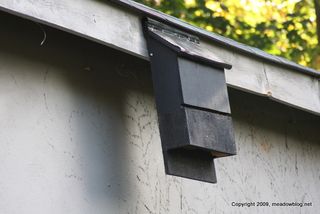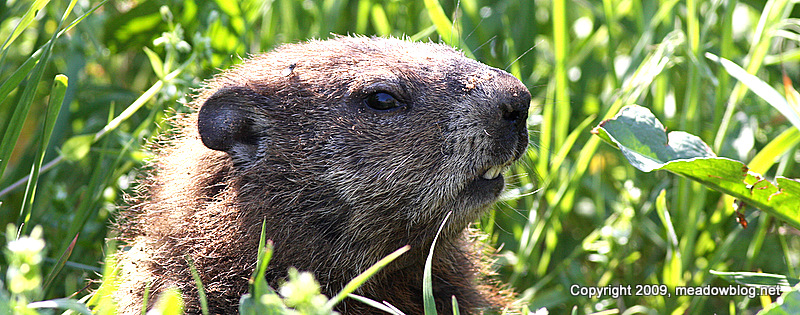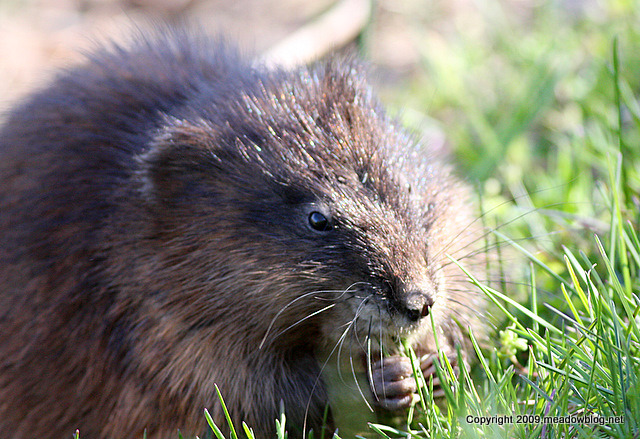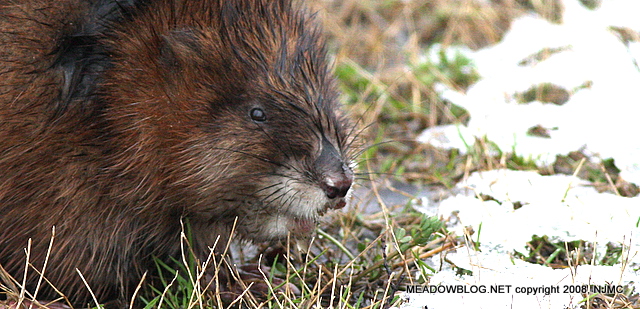 When the NJMC used goats to clear a neglected woodland in Rutherford in 2012 and 2013, a few eyes rolled. Now you can rent them on Amazon. But think about it – how did our ancestors maintain their lawns? Grazing. You can feed your livestock and manage your meadows at the same time. The great estates of Europe, with their elegant sweeping lawns, employed sheep and other grazers to keep their lawns manicured. They even wore shoes to prevent their hooves from damaging the turf.
When the NJMC used goats to clear a neglected woodland in Rutherford in 2012 and 2013, a few eyes rolled. Now you can rent them on Amazon. But think about it – how did our ancestors maintain their lawns? Grazing. You can feed your livestock and manage your meadows at the same time. The great estates of Europe, with their elegant sweeping lawns, employed sheep and other grazers to keep their lawns manicured. They even wore shoes to prevent their hooves from damaging the turf.
But I digress. Rented goats are not a magic bullet for clearing overgrown lots – they cleared the 2-acre Rutherford lot of poison ivy, Japanese knotweed, and, to a lesser extent, phragmites in a couple of weeks. But they can only eat leaves and stems so the roots remain, which means the weeds grow back, though not as vigorously as before. Resident goats could keep down new growth as it emerges. The goats, of course, require fresh water and other care.
But consider this: the cost estimates to bring in a crew to hand-pull and spray with glyphosate (Round-up) were as high as $30,000. The goats cost less than $3500 for each visit. So you could hire goats for 8 years or spray one time. The goats would leave a lot of fertilizer as well.
See the article on Geek.com by Lee Mathews here.








